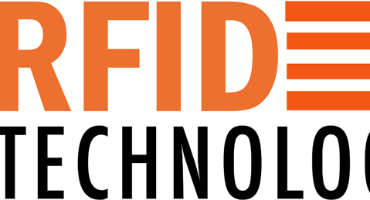Here’s a detailed breakdown of how it works:
1. Traceability of Hospital Scrubs and Garments
RFID Tags on Garments
Each hospital scrub or garment is embedded with a washable RFID tag (often UHF RFID) sewn into the fabric or attached via a heat-sealed label.
The tag has a unique identifier (UID) linked to data in a central database.
Tracking Throughout the Lifecycle
Issue/Allocation: When garments are issued to a staff member, the RFID system records who received what, when, and in what condition.
Use Monitoring: RFID readers at access points (e.g., locker rooms, ORs) detect when a scrub is worn or returned.
Laundry Tracking: Garments are scanned when sent to and returned from the laundry, tracking number of washes and usage history.
Return Verification: Automatic scanning ensures staff return scrubs properly, helping reduce losses.
Inventory Management
Real-time monitoring of scrub inventory levels (clean, in use, in laundry, damaged, or discarded).
Automated alerts for shortages or stock imbalances.
2. Improved Sanitation Control
Hygienic Use Enforcement
RFID systems can be configured to restrict access to certain areas unless clean scrubs are worn (verified by RFID scan).
RFID portals or lockers only dispense sanitized scrubs and track return of used ones to ensure proper laundering.
Automated Laundry Compliance
RFID tracks the washing cycles to ensure garments meet disinfection standards.
Flags overused or under-washed garments, preventing garments from circulating without sufficient sanitation.
Audit Trail
Maintains a complete history of usage and wash cycles, enabling sanitation audits and compliance with infection control protocols.
3. Minimization of Contamination
Segregation of Clean vs. Used
RFID-enabled bins or readers automatically detect whether garments are clean or contaminated.
Ensures proper sorting and handling, reducing cross-contamination risk.
Restricted Reuse
Prevents reuse of soiled scrubs by staff — garments must be scanned back into the system and cleaned before being reissued.
Alerts for Non-compliance
Real-time alerts if staff attempt to access sensitive areas in unsanitized scrubs.
Prevents contamination in operating rooms, ICUs, or sterile zones.
Features:
RFID Tracking
Sanitation Monitoring
Usage History
Real-Time Inventory
Access Control Integration
Benefits:
Reduces scrub loss and theft
Ensures infection control compliance
Optimizes lifecycle management of garments
Reduces shortages and manual errors
Prevents unauthorized or unhygienic use
Example Use Case - Hospital A installs RFID-tagged scrubs and smart lockers. A nurse scans their ID and receives a clean scrub. The scrub is tracked to them. After their shift, they deposit the used scrub into a return bin with RFID detection. It’s logged and sent for laundry. If they attempt to re-enter a sterile area in the same scrub, access is denied unless a fresh one is worn. This ensures full traceability and hygiene.

